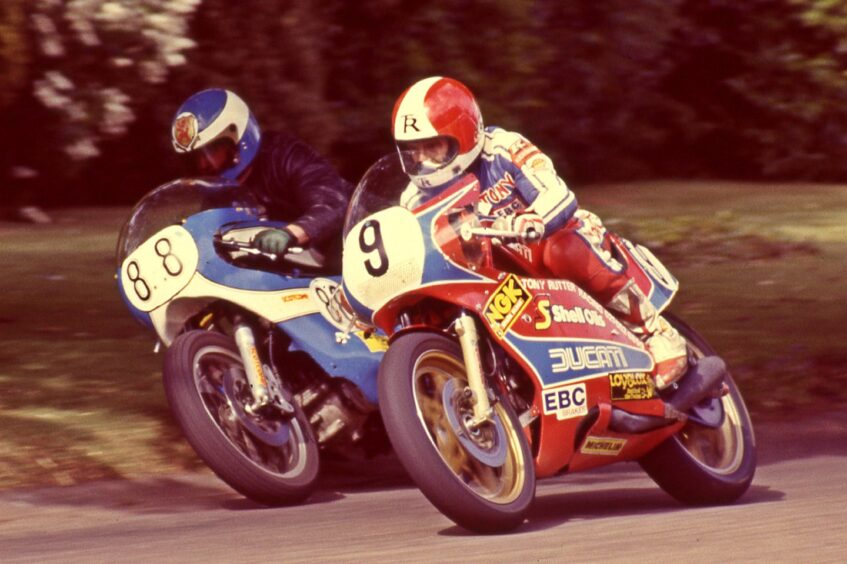
The nerve-shredding duel between Jack Gow and Tony Rutter in June 1984 was the greatest race ever seen at Beveridge Park in Kirkcaldy.
It was the most talked about and written about race in Scottish road racing circles.
The Battle of the Twins became known as “That Race”.
Jack was given an early introduction to the delights of unbridled adrenalin.
He lifted his feet off the pedals and launched his trike down the steep Dundee hill that is City Road – only to end up in billboards on Scott Street.
He was three.
The kind soul who picked up the unconscious child could hardly have known that was just the beginning of a life that would revolve around bikes of one kind or another.
Jack Gow began racing career in 1956
Jack left school to sell motorbikes and opened a dealership in Strathmore Avenue.
He started his competitive career at Errol Aerodrome in 1956.
His love of bikes was fuelled by dad Andy’s interest in sand racing on the beaches at Carnoustie, Monifieth and St Andrews.
Andy was the driver for accordion-playing legend Jimmy Shand.
The King of Scottish Dance Music was a keen biker and began sponsoring Jack.
Jack won the Scottish Championship in 1965 and 1970.
His most memorable race, however, was at Beveridge Park where the intoxicating smell of burning rubber and roar of engines was an annual occurrence.
The Battle of the Twins was a national championship for a straight-twin engine.
Kirkcaldy and District Motor Club president Hugh Ward persuaded the organisers to stage a round in Kirkcaldy in June 1984.
There were 23 entries with a mix of riders.
Seven-time Isle of Man TT winner and road racing legend Tony Rutter was reigning F2 champion when he brought his winning Ducati to Kirkcaldy.
Dave Railton was a real threat with a string of wins at home and on the continent.
Frankie Dignan, Chic Flockhart, Ian Henderson and John Leech were among the entries and thousands of spectators lined the broad tarmac path.
Rutter led from the start in the 15-lap race
To this day, it is considered a race for the ages, flagged off with great smoke and thunder.
The full story is told in volume three of the KDMC archives book.
It features Gordon Stewart’s report on this “brilliant but controversial” race.
“Rutter led from the start down the tree-lined avenue, from Dave Railton, with Gow a close third,” said Stewart, writing for the Fife Free Press.
“Gow then moved to second place ahead of Railton near the end of the lap, by which time the three leaders had pulled clear of the rest of the field.
“Rutter and Gow battled closely for the lead around the narrow 1.3-mile circuit for another three laps as Railton dropped further behind before the crucial turning point of the race.
“Gow tried his favourite passing manoeuvre around the outside of the climb up The Brae on the far side of the circuit, but as he headed Rutter, the Birmingham rider leaned across on him, forcing Gow to brake suddenly.
“As they both headed for the grass and the trees, Gow released his locked up brakes and hit Rutter’s machine, forcing him back across the track and moved into the lead.
“Rutter seemed content to settle for second place on the circuit he described as ‘out of order’ and Gow stormed clear, leading by 10 seconds at one stage, lapping everyone up to fourth place, before easing off for a comfortable victory.”
Jack raced at 68mph during his glory run
Birmingham boy Rutter was fast.
The Dundonian was faster.
Jack won with a race time of 18 minutes and 41 seconds.
He took the fastest lap at one minute and 12 seconds with a speed of 68mph.
Rutter finished second with Railton a distant third.
“I was up against the world champion, Tony Rutter. whose works Ducati was much faster than my Norton Seeley,” said Jack.
“Rutter was just about unbeatable then but my knowledge of the circuit helped me.
“I outrode him and the noise from the crowd, probably the biggest there’s ever been at Beveridge Park, when I passed him was like the Hampden Roar and gave me a real buzz.
“He was shattered when I beat him and complained that I was using illegal fuel but it was examined and found to be OK.”
Jack was waking up the neighbours in 1984
KDMC archivist Jake Drummond has chronicled That Race and said Jack’s preparation was far from ideal.
“Jack’s 750 Norton Seeley had only been completed in the early hours of the morning by his close friend John Leech, who was also competing in the race,” said Jake.
“The Norton was fired up and tested along a darkened street.”
He said most of the population of the city would have heard it, no doubt!
“Talk to any Scottish road race fan of the 1980s for five minutes and the conversation is almost sure to come around to 1984 and That Race,” he said.
“It doesn’t seem like 40 years have passed.
“Jack beat the Ducati riders Dave Railton and Tony Rutter against the odds.
“Railton and Rutter were at the top of their game.
“Jack, by then, was really only racing occasionally.
“That Race had the spectators on their toes from start to finish.”
Jack retired twice but came back for more
Jake said Jack was a much-respected rider with so much experience, which he was keen to pass on to others who were starting out in road racing.
Jack was “always modest, always encouraging and always determined”.
He announced his retirement after the day’s racing in June 1984 when he was disqualified from the 1300 final for riding a more manageable bike.
Married with four children, Jack retired twice during his career.
But he would keep coming back for more and became Scottish Classic Champion in 1993.
A renowned racer at the Isle of Man TT Races, he fulfilled a lifetime’s ambition by winning the 1995 Classic TT on a 500cc 1963 Manx Norton.
“I began motor cycling in 1956, almost 40 years ago, and I am delighted to have finally won that elusive TT race,” he said.
“I have previously taken both second and third placings at the TT races so I am delighted that I finally managed to take the top spot.”
Jack kept on racing to the very end
Jack lost his life the following year, aged just 56, during practice at the Manx TT.
Bike racer Alan Duffus bought his business following his death, where a bronze plaque of Jack took pride of place in the Strathmore Avenue showroom.
It was a fitting tribute to one of the sport’s great heroes.
And nobody has ever forgotten him.
Jack etched his name on to the most prestigious circuits and his legacy remains undiminished some four decades after That Race.
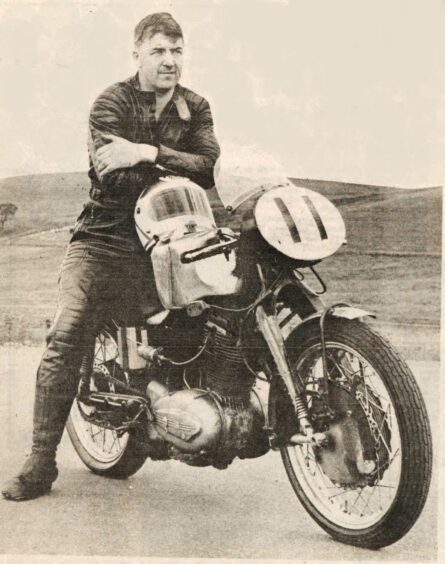
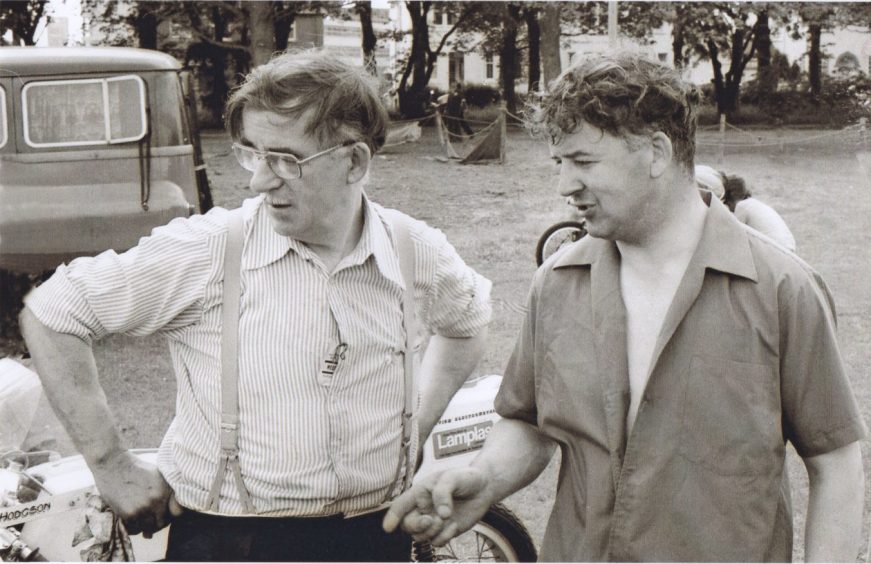
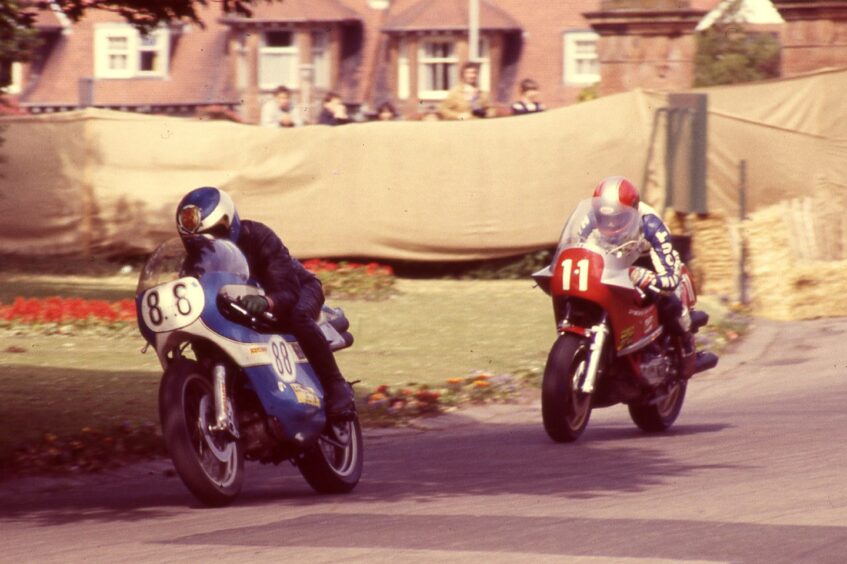
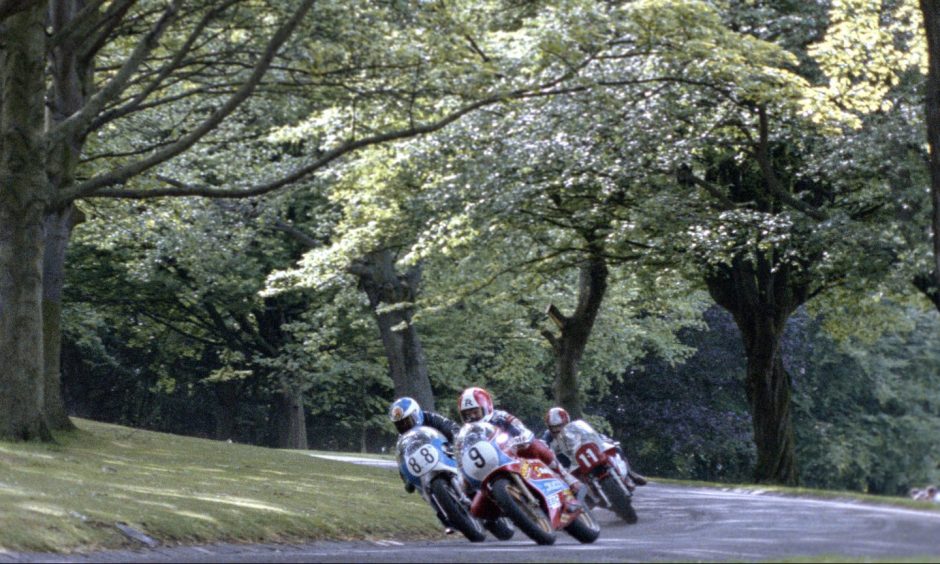
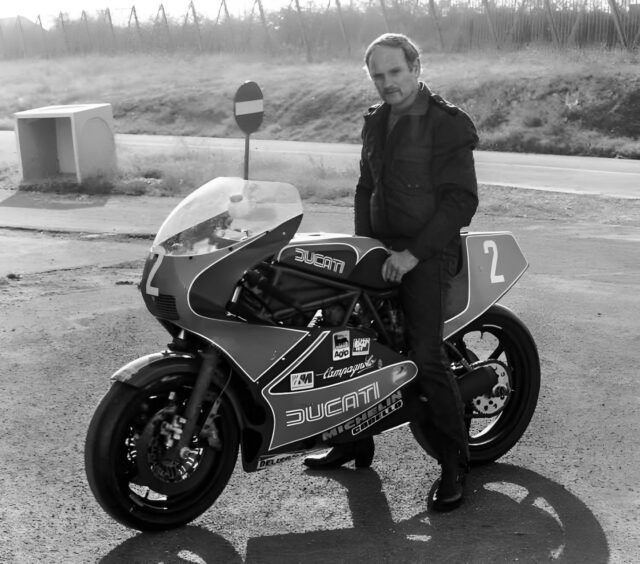
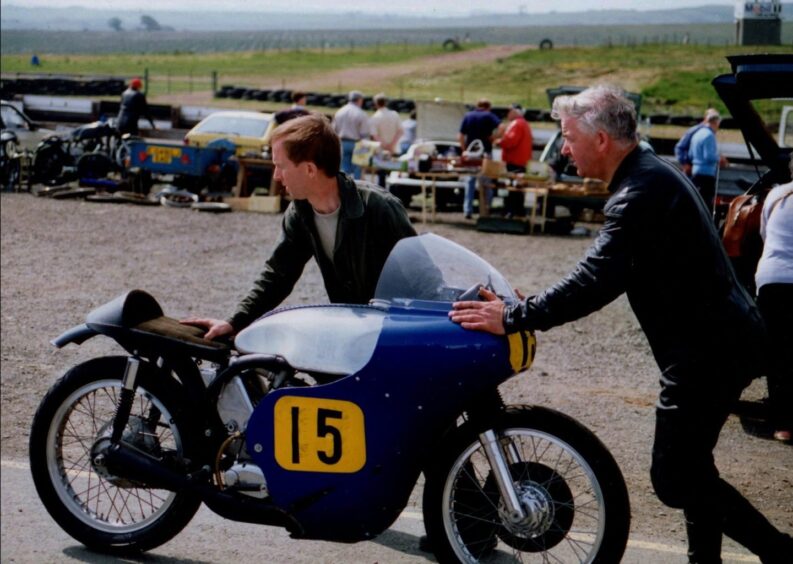

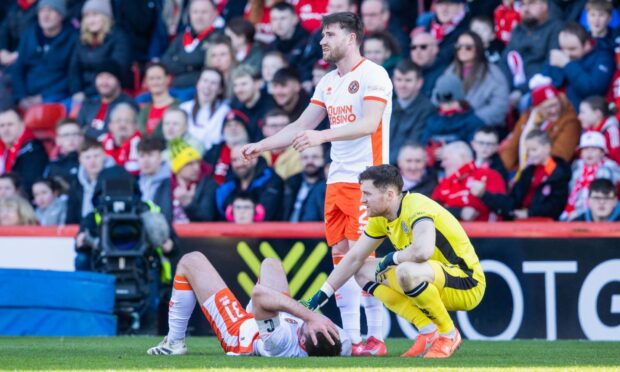
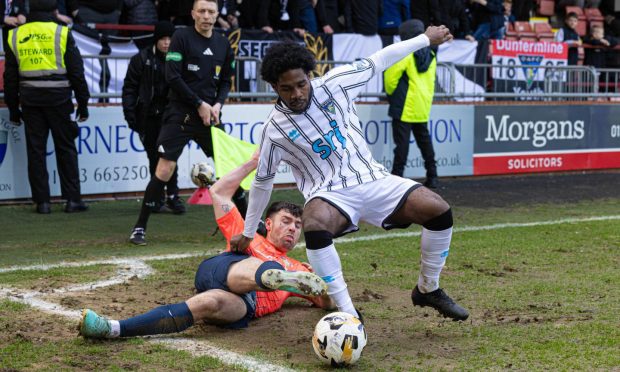
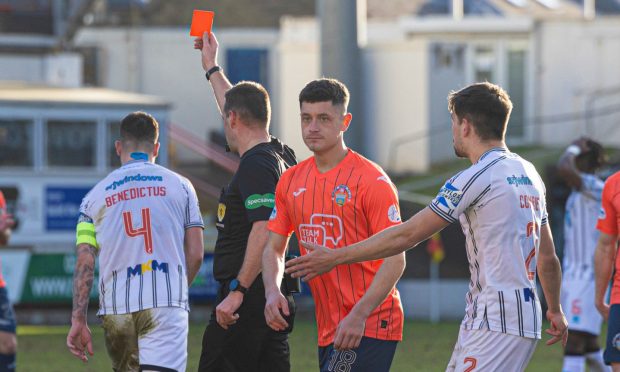
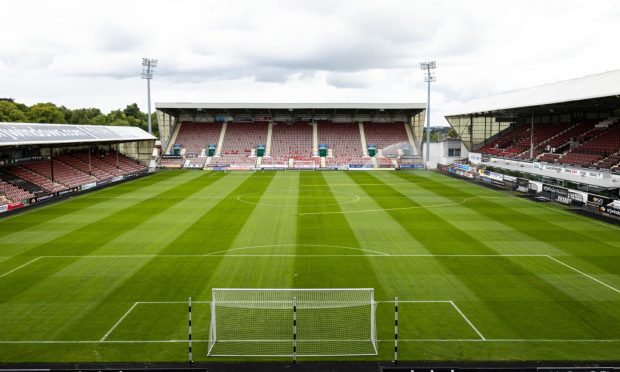
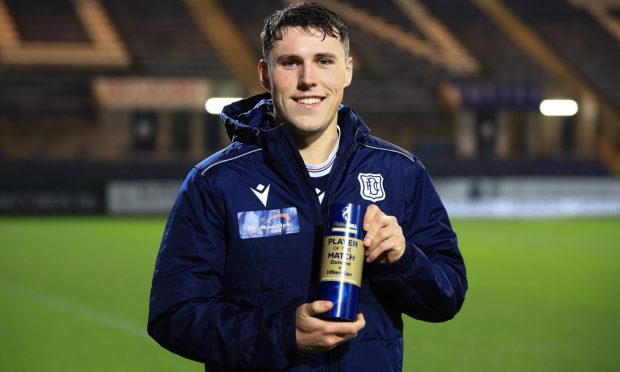
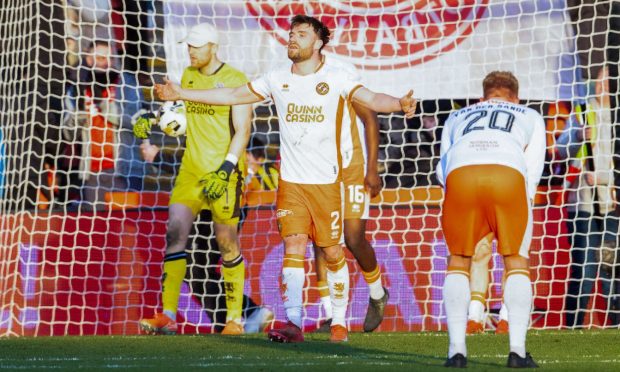
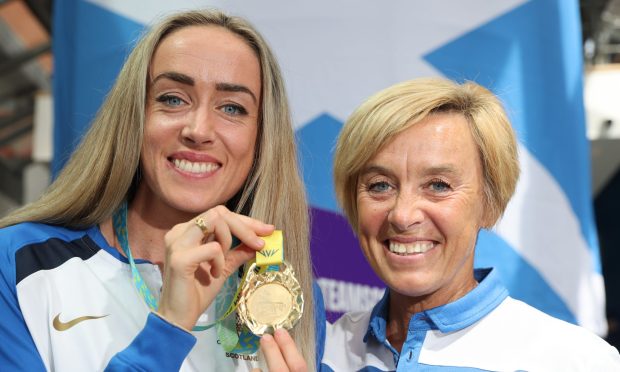
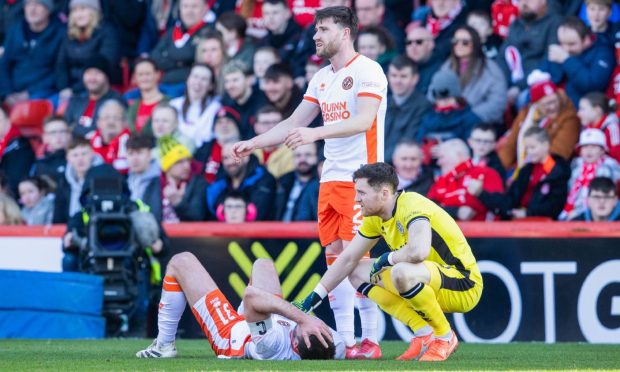
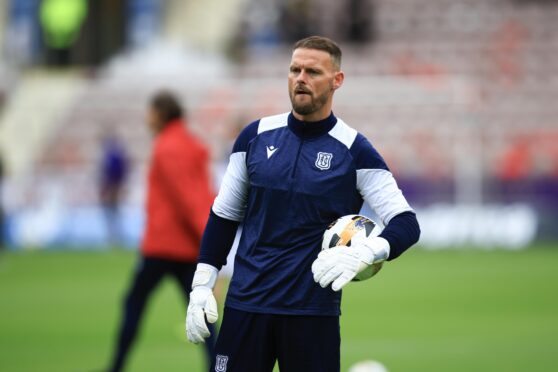
Conversation